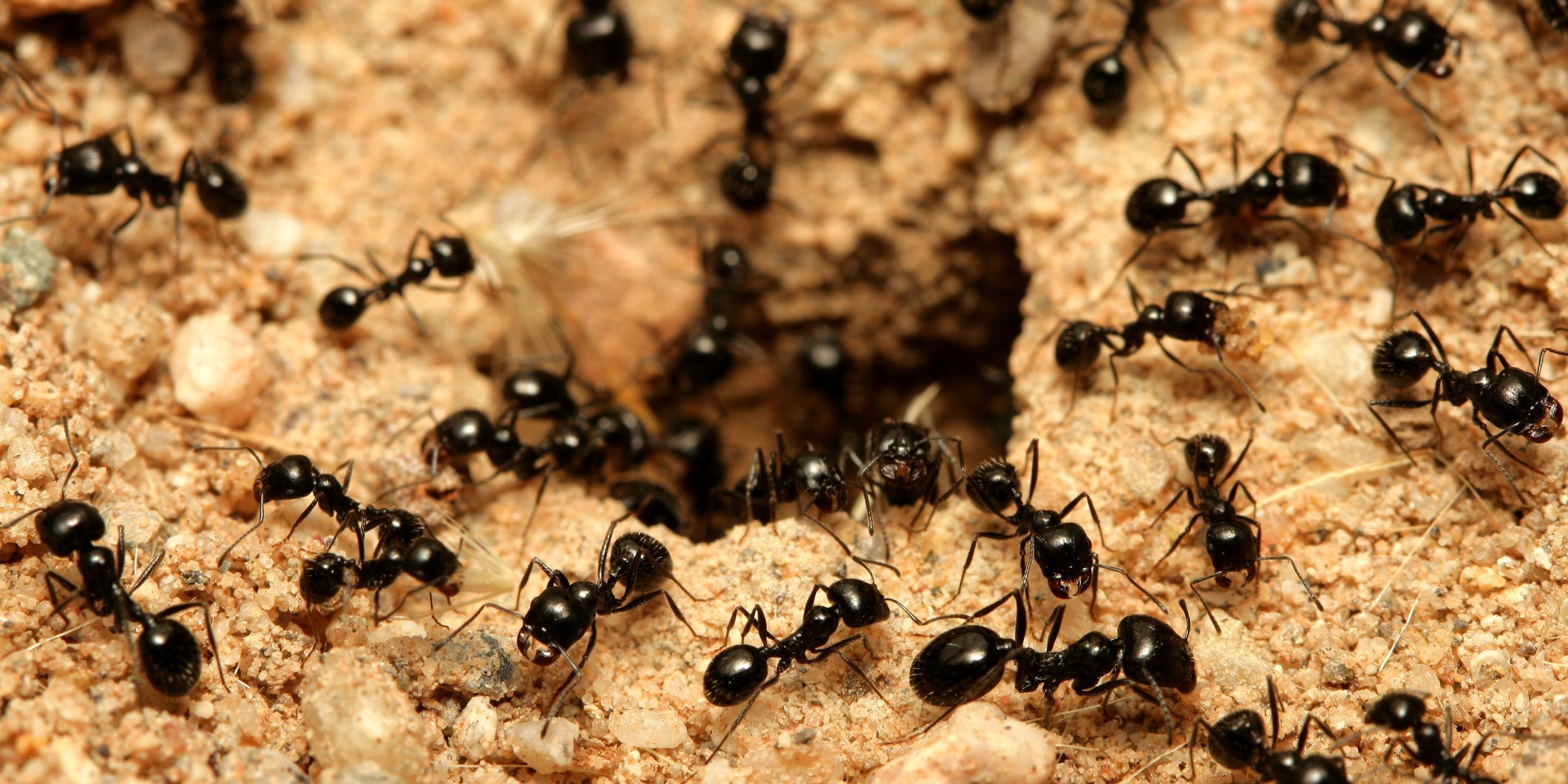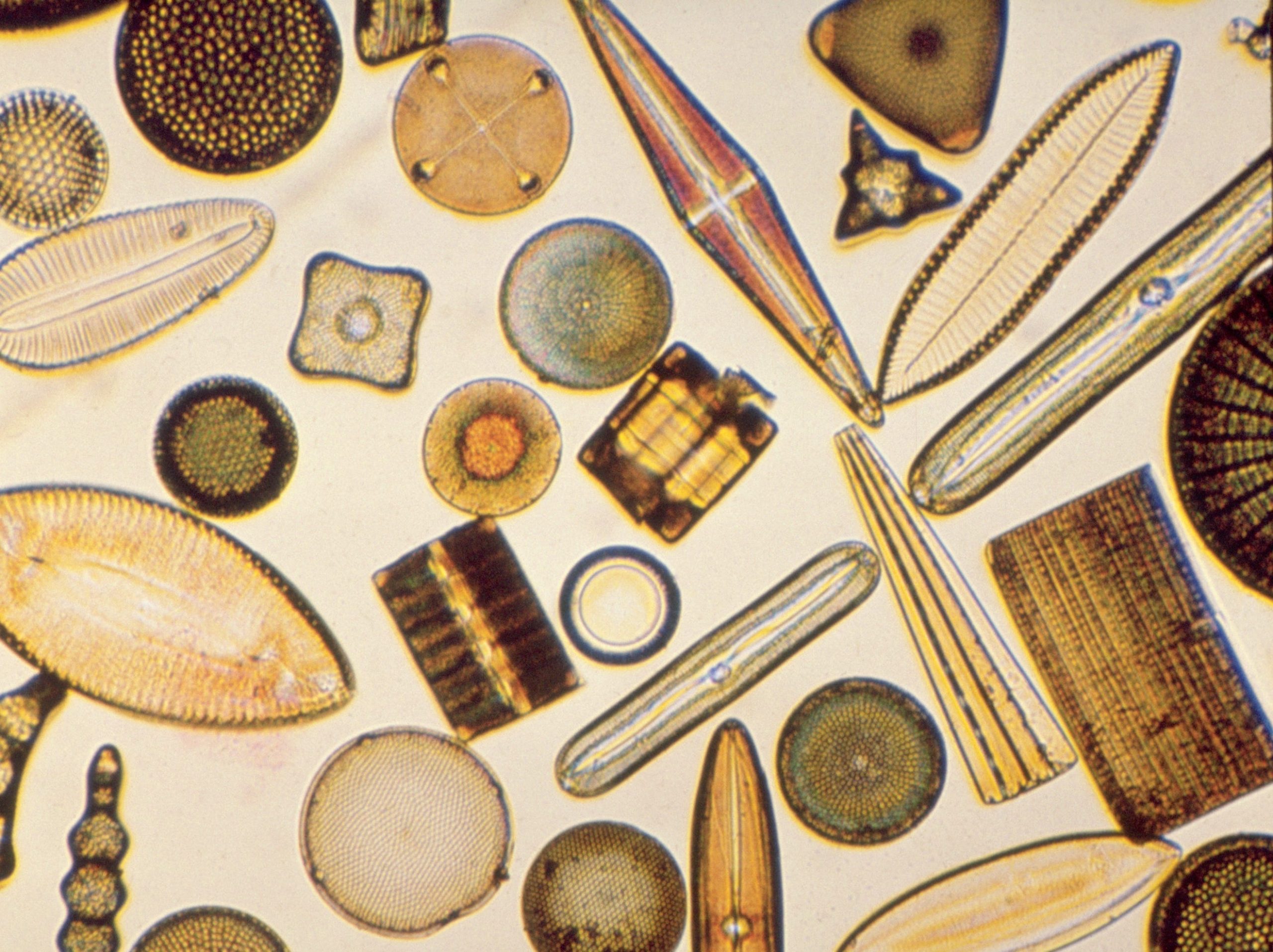
- Diatomaceous earth is fossilized algae dust that helps eliminate bugs by dehydrating them.
- Apply little bits of diatomaceous earth in the crevices around your home and where bugs frequent.
- Diatomaceous earth can be an irritant, so keep it away from high-traffic areas and don't use too much.
- Visit Insider's Home & Kitchen Reference library for more stories.
There are few things ickier than realizing you have a pest problem in your home. Chemical solutions abound, but not everyone is comfortable spreading even low-grade poisons around their home, especially if children and/or pets live there too.
Enter diatomaceous earth. Jesse Scaravella, owner of Evergreen Eco Friendly Pest Control in New York City explains that it's a "soft, siliceous sedimentary rock that's very old and gets crumbled into a very fine powder or granule." It can be used for a host of purposes in agriculture, water filtration, and beyond, but it's frequently used in pest control. And it is prized for its efficacy and safety.
What is diatomaceous earth?

Diatomaceous earth is the fossilized remains of diatoms, a type of algae that creates 20-50% of the world's oxygen. Diatomaceous earth is rich in minerals and can be sourced from across the globe. It's processed in a variety of ways for a variety of uses, but the best diatomaceous earth for insecticides is milled or micronized.
"Insects require a certain level of humidity or moisture to thrive," says Scaravella. This is the reason, he says, why many insects have a season in which they're more active, which is usually more humid.
Diatomaceous earth works as an insecticide in two ways:
- It removes moisture from their habitat, making it difficult or impossible for the insects to remain.
- When the diatomaceous earth makes direct contact with an insect's exoskeleton, it dries them out and can kill them.
While diatomaceous earth can be used as a deterrent for most pests, thanks to its ability to dry up their climate, it's especially effective for those with an exoskeleton like ants or roaches.
Is diatomaceous earth safe?
There are two types of diatomaceous earth - food-grade and pool/filter-grade. Pool/filter-grade diatomaceous earth should only be used for water filtration purposes. The type you'll use for pest control is food-grade, says Scaravella, so it's "very safe, especially with pets and children." That said, he continues, it can be an irritant if people misuse it.
"Sometimes we'll have people with bedbugs who panic and dust diatomaceous earth everywhere," Scaravella explains, "and they'll call us in because there's diatomaceous earth everywhere but they still feel like they're getting bitten. We'll come in and there are no bedbugs anymore, but the diatomaceous earth is drying out and irritating their skin."
Whenever possible avoid using diatomaceous earth in exposed areas, where it can be breathed in and tracked around by humans and animals in the vicinity. "When it's recklessly applied, diatomaceous earth can do more harm than good," says Scaravella.
Insider's takeaway
When used correctly, diatomaceous earth is a safe, effective insect repellent made from fossilized algae. Use a propulsion device to get it into the tunnels and crevices that pests are using to access your home, and make sure to keep it away from exposed areas.
